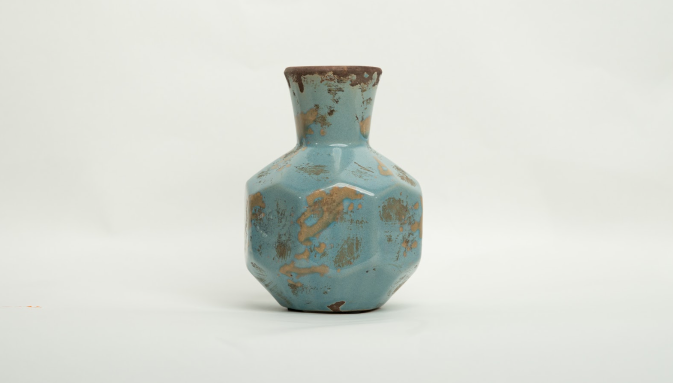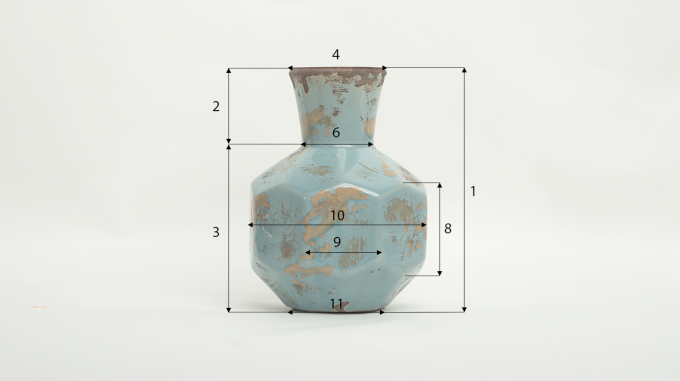Hiring a Shopify Partner to create 3D models
Shopify Partners are experienced industry professionals who have extensive knowledge about creating and updating Shopify stores. You can hire Shopify Partners to help you create 3D models for your online store. Learn more about Hiring a Shopify Partner.
On this page
Hire a Shopify Partner to create 3D models
You can hire a Shopify Partner to help you to make 3D models of your products. In the Shopify Partner Directory, browse Partners who offer 3D model creation services, select a Partner, and contact them.
Using the Partner contact form, provide details about your project. If you want to provide product photos and product dimensions now, then make sure you follow the linked guidelines.
When you contact a Partner, you're not committing to hire a Shopify Partner. This step only submits a request to the Partner who then reviews your request. If a Partner decides to work with you, then they'll contact you with more information about their fees and how you can start working together.
If you haven't provided product photos and product dimensions already as part of your job request, then the Partner requests them from you. Follow the specifications below when taking photos and measurements.
Product photos
3D models are created using photos. To create the 3D model, the Shopify Partner needs photos of your products from multiple angles:

When taking photos of your product, follow these guidelines:
- Make sure that your product is well lit.
- Make sure that your whole product is in focus.
- If possible, don't use a cellphone camera. For large products like furniture, use a camera with a 50 mm lens. For small to medium size products, use a 70 mm or 100 mm lens.
- Take extra photos of any unique details or textures.
- Give the photo files clear titles like
blue vase - top, orblue vase - leftand store them in a clearly labelled folder.
Product dimensions
To create accurate 3D models, the Shopify Partner needs detailed measurements of your product. When providing measurements, follow these guidelines:
- Describe each dimension of your product in clear, simple terms.
- Provide the measurements in
mm. - Include a diagram to display which dimensions the measurements correspond to.
- If you have technical drawings or CAD files associated with your product, then include those as well.
Example of getting 3D models made
Naomi is selling this blue vase:

She uses the Shopify Partner Directory to find a Shopify Partner to create a 3D model of the vase. Naomi provides the Partner with six high-quality photos taken with a camera with a 70 mm lens:

Naomi gives the Partner a measurement diagram with corresponding product dimensions in millimeters:

- The height of the vase (1) is ____mm
- The top of the vase to the bottom of the neck (2) is ____mm
- The bottom of the neck to the bottom of the vase (3) is ____mm
- The diameter of the mouth of the vase (4) is ____mm
- The width of the lip of the mouth (5) is ____mm
- The diameter of the bottom of the neck (6) is ____mm
- There are 8 hexagonal faces on the vase
- The height of the hexagonal faces (8) are ____mm
- The width of the hexagonal faces (9) are ____mm
- The diameter of the widest part of the vase (10) is ____mm
- The diameter of the bottom of the vase (11) is ____mm
- The diameter of the foam feet are ____mm
The Shopify Partner uses these photos and dimensions to create a 3D model of the blue vase. The Partner sends Naomi a GLB file for her to add to her online store.
Check the quality of your 3D models
When a Shopify Partner provides you with a 3D model, you should check that you're happy with its quality. The Partner should provide you with instructions for previewing the model.
Check the model from all angles. You can use the glTF Viewer to preview your 3D models. When reviewing your model, consider the following questions:
- Does the model's shape match the product reference photos that you provided to the Partner?
- Are all parts of the model proportional to the rest?
- If you're able to preview the model in augmented reality, then does the scale of the model look correct compared to the rest of the scene?
- Does the model look like it's made from the same materials as the product?
- Do the model's materials look stretched, blurry, or distorted?
- Are there details like scuffs or scratches to make the model's materials seem more realistic?
- If parts of the product are transparent, reflective, or give off light, then do they look right?
- Do the edges all look realistic? Are any of them too sharp and need to be softened?
- If there are any decorative details, such as a logo or some text, then are they easy to view?
- Are there any gaps or holes where there shouldn't be any?
- Does the 3D model meet the technical requirements for the Shopify platform?
- The 3D model needs to be a GLB file.
- The GLB file should be approximately 4 MB.
- The GLB file must not exceed 15 MB.
The Shopify Partner should build the 3D model according to certain standards. To learn more about those standards so that you can better review a model, see Creating 3D models for merchants.
If you think that the quality of the model isn't good enough, then contact the Shopify Partner and explain what is wrong with it.